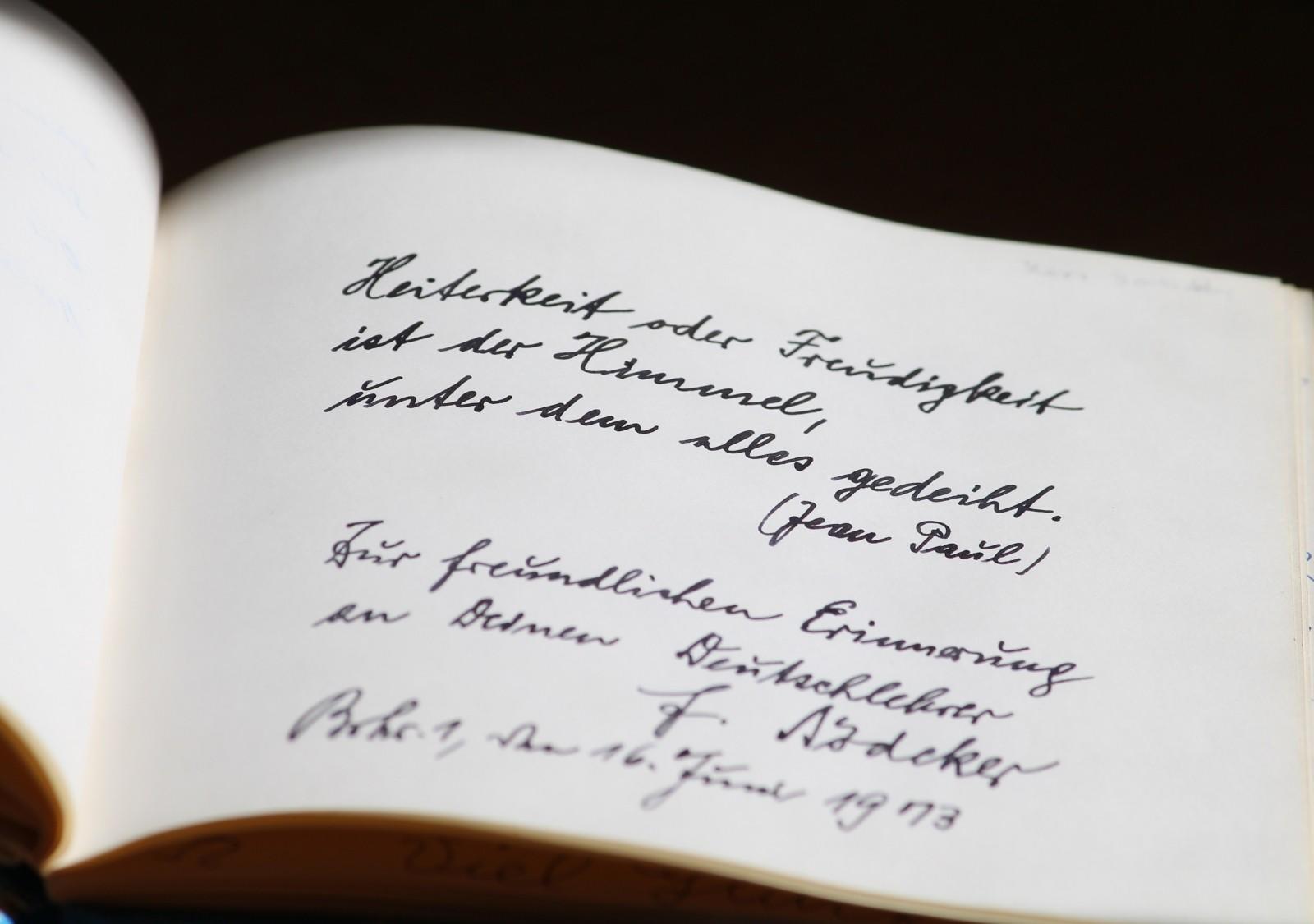"The Love Song for Shu-Sin (Istanbul #2461)"
Although the poet behind this work remains unknown, it is believed to have been recited by a bride of the Sumerian king Shu-Sin, who ruled between 2037 and 2029 BC.
Poetry has long been regarded as the ultimate way of expressing deep emotions in a creative and profound way. Among all the sentiments they can seek to convey, love remains one of the most prominent themes in poetic history. From the passionate, extensive verses of love poems that have stood the test of time, to the delicate and heartfelt lines of short love poems, the art of romantic expression through verse has traverses cultures and generations. Romantic poetry offers timeless reflections on the complexities and beauty of human relationships.

"How Do I Love Thee?" by Elizabeth Barrett Browning
Elizabeth Barrett Browning probably had one of the most romantic love affairs of all time, making her one of the most famous female poets of the era.
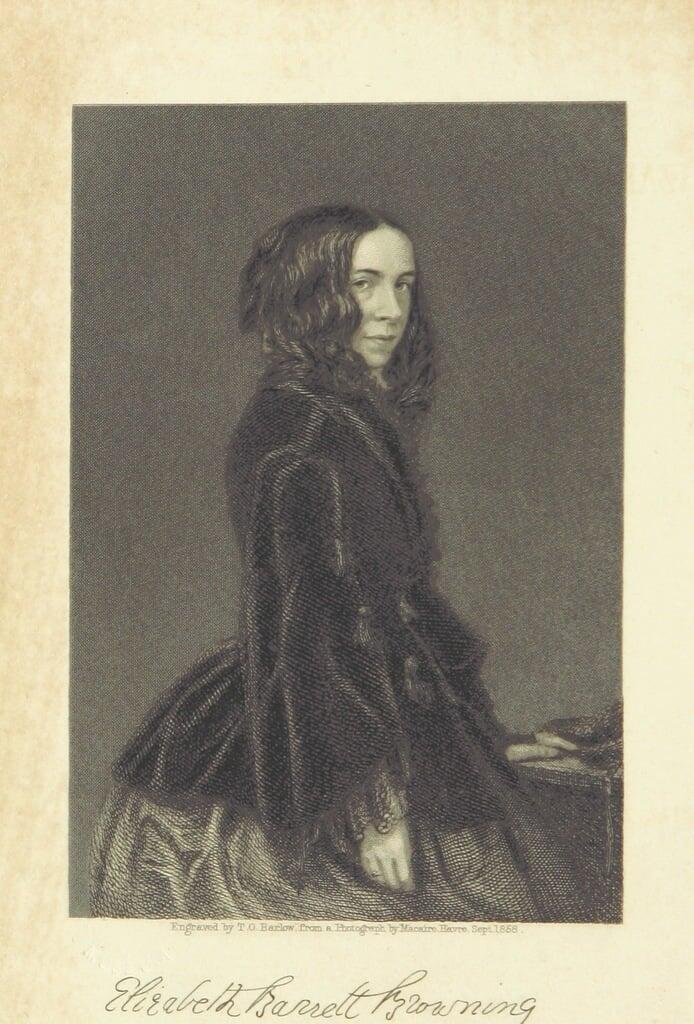
"How do I love thee? Let me count the ways.
I love thee to the depth and breadth and height
My soul can reach, when feeling out of sight
For the ends of being and ideal grace.
I love thee to the level of every day’s
Most quiet need, by sun and candle-light.
I love thee freely, as men strive for right.
I love thee purely, as they turn from praise.
I love thee with the passion put to use
In my old griefs, and with my childhood’s faith.
I love thee with a love I seemed to lose
With my lost saints. I love thee with the breath,
Smiles, tears, of all my life; and, if God choose,
I shall but love thee better after death."
After she published some of her early works, another poet, Robert Browning, started writing to her, and so began a courtship that would end with the pair of poets getting secretly married and fleeing to Italy where they live happily ever after.
From that relationship, Elizabeth Barrett Browning, draw most of the inspiration that gave life to some of the most romantic poems of all times.
The poem How Do I Love Thee? was dedicated to her husband who was the one that saved Elizabeth from the quiet and reclusive life she was not destined to have. She was 40 years old when she broke free from an overprotective father, and this poem sums up perfectly the sixteen years of the happy marriage that she spent alongside her husband.
"He Wishes For The Cloths Of Heaven" by W.B. Yeats
William Butler Yeats, one of the greatest British poets of all time, was deeply inspired by his unrequited love for Maud Gonne. Yeats proposed to her four times and was always rebuffed to his greatest despair.
Twenty years later, Gonne and Yeats were briefly lovers for a single night, but their relationship remained platonic.
From his turmoiled love life, Yeats drew much of his inspiration. He was awarded the Nobel Prize of Literature in 1923 "for his always inspired poetry, which in a highly artistic form gives expression to the spirit of a whole nation".
"Had I the heavens’ embroidered cloths,
Enwrought with golden and silver light,
The blue and the dim and the dark cloths
Of night and light and the half light,
I would spread the cloths under your feet:
But I, being poor, have only my dreams;
I have spread my dreams under your feet;
Tread softly because you tread on my dreams."
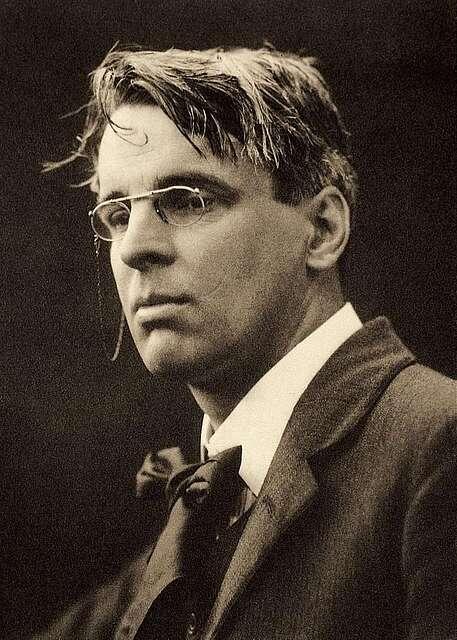
His poem "He Wishes for the Clothes of Heaven" is a straightforward missive to the speaker for his lover. The rather simple and dated idea is made striking by the repetitive use of the same word and the absence of any actual rhyme throughout the poem.
Yeats compensated for the banality of his poem by using the rhythm of the repetitions in a very lyric way. Academics suggested that the simplicity of the poem was one of the reasons it ended up being so popular.
"Come Slowly, Eden!" by Emily Dickinson
Come Slowly, Eden! is a short love poem only composed of eight lines.
One of the interesting fact about it is that it was written by Emily Dickinson, one of the most famous American poetesses who's spinster's life was already the talk of the town during her time.
She lives most of her life as a recluse, and by all accounts probably never had a lover. Yet her poetry books are full of romantic poetry, often addressed to a mysterious "Master", who, according to scholars, was a godlike inspirational figure.
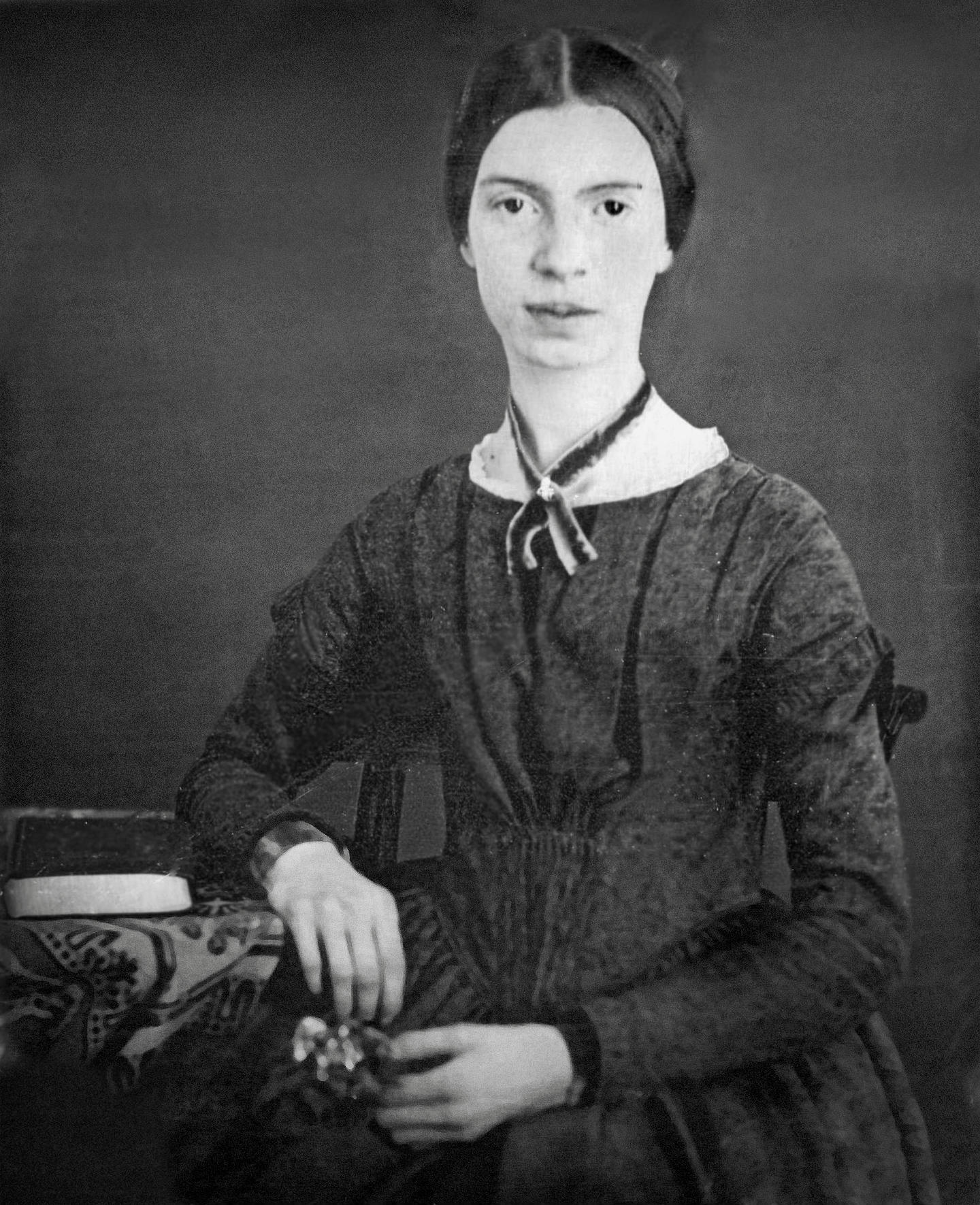
"Come slowly, Eden
Lips unused to Thee,
Bashful, sip thy Jessamines
As the fainting Bee,
Reaching late his flower,
Round her chamber hums,
Counts his nectars,
Enters, and is lost in Balms."
Emily Dickinson’s unique poetic style, filled with deep emotion and mystery, continues to intrigue readers and scholars alike. If you want to refine your understanding of poetry and explore the techniques behind her work, why not consider enrolling in online poetry lessons through Superprof?

"Sometimes With One I Love" by Walt Whitman
Walt Whitman, born in 1819, is often referred to as the "Father of free verse" given his extensive work that rid itself of meter patterns, rhymes or other musical patterns.
A lot of ink has been poured regarding Whitman sexuality, but it is commonly accepted that he was homosexual (or "at least" bisexual). For this reason, he was heavily critiqued during his lifetime by contemporary thinkers that declared that his work was depicting "that horrible sin not to be mentioned among Christians."
"Sometimes with one I love I fill myself with rage
for fear I effuse unreturn'd love,
But now I think there is no unreturn'd love,
the pay is certain one way or another,
(I loved a certain person ardently and my love was not return'd,
Yet out of that I have written these songs.)"
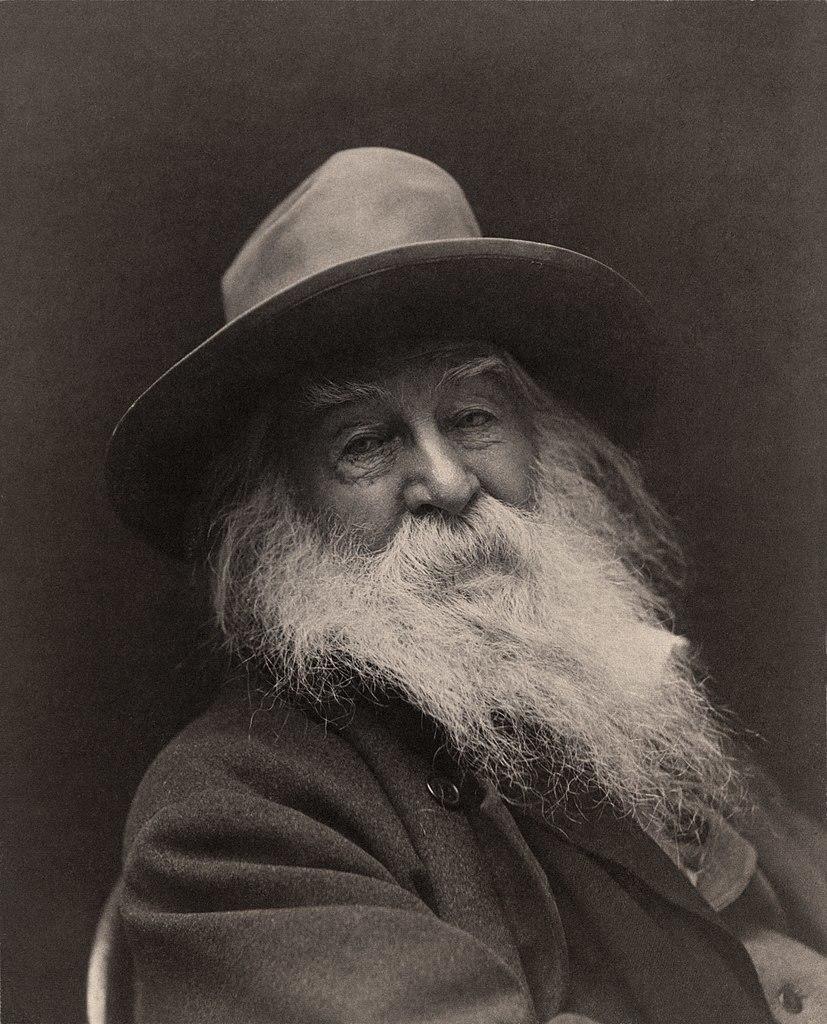
While Whitman never acknowledged any sexual inclination, his strong relationship with many young men was well known even during his lifetime. Most of his Calamus poems, which are part of his book Leaves Of Grass, depicting the manly love of comrades is assumed to be describing his own homosexual love affairs.
As one of the founders of modern American poetry he was one of the most influential poets writers of his time.
"Let Me Not to the Marriage of True Minds" by William Shakespeare
William Shakespeare is widely regarded as one of the greatest poets and playwrights in history, and his sonnets remain some of the most celebrated works of English literature. Among them, his love poems stand out for their timeless themes and exquisite language, shaping how love and devotion are expressed in poetry.
While many of his sonnets explore themes of beauty, time, and loss, Sonnet 116 is a powerful declaration of unwavering love. It describes a bond that remains steadfast through challenges, emphasizing love’s resilience and purity.
Sonnet 116, titled Let Me Not to the Marriage of True Minds is probably the most famous pieces of poetry of all time. First published in 1609, describe love beyond the physical attraction that two people can feel for each other and celebrates love in a purer form, strong and constant, based on trust and understanding.
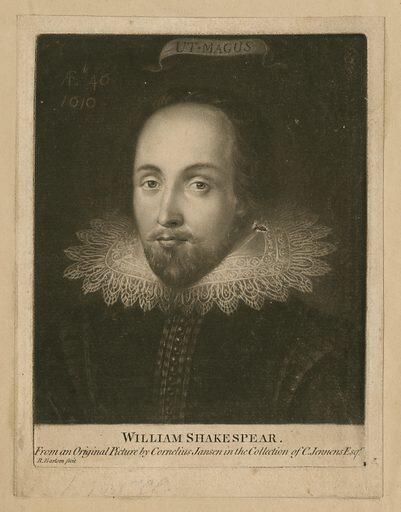
"Let me not to the marriage of true minds
Admit impediments. Love is not love
Which alters when it alteration finds,
Or bends with the remover to remove.
O no! it is an ever-fixed mark
That looks on tempests and is never shaken;
It is the star to every wand’ring bark,
Whose worth’s unknown, although his height be taken.
Love’s not Time’s fool, though rosy lips and cheeks
Within his bending sickle’s compass come;
Love alters not with his brief hours and weeks,
But bears it out even to the edge of doom.
If this be error and upon me proved,
I never writ, nor no man ever loved."
Even though this love poem was written centuries ago, it contributed to making Shakespeare one of the most romantic poets of all time and inspired the future generation of English poets: Elizabeth Barret Browning, William Wordsworth, William Blake, Lord Byron, Rudyard Kipling and all the great masters of English poetry.
"Sonnet 18" by William Shakespeare is commonly attributed this title.
The classic sonnet of 14 lines, written in iambic pentameter and published in 1609, is a true gem!
"Here I Love You" by Pablo Neruda
One of the most famous South American writers and poets, Ricardo Eliécer Neftalí Reyes Basoalto, was born in Chile in 1903.
Neruda explored various styles and topics, but his passionate love poems remain his most famous works. He was also deeply involved in politics during Chile’s turbulent times. It is widely believed that dictator Pinochet ordered his death just weeks after seizing power, though investigations are still ongoing.
Neruda’s influence and political voice were so powerful that the Chilean dictatorship saw him as a threat, leading to suspicions that his death was orchestrated to silence him.
His most famous love poems are were published in his Twenty Love Poems and a Song of Despair book in 1924 when Neruda was only 19 years old. The eroticism of his work shocked some of the critics of the time, especially given the young age of the poet.
"Here I love you. In the dark pines the wind disentangles itself.
The moon glows like phosphorus on the vagrant waters.
Days, all one kind, go chasing each other.
The snow unfurls in dancing figures.
A silver gull slips down from the west.
Sometimes a sail. High, high stars.
Oh the black cross of a ship.
Alone.
Sometimes I get up early and even my soul is wet.
Far away the sea sounds and resounds.
This is a port.
Here I love you."
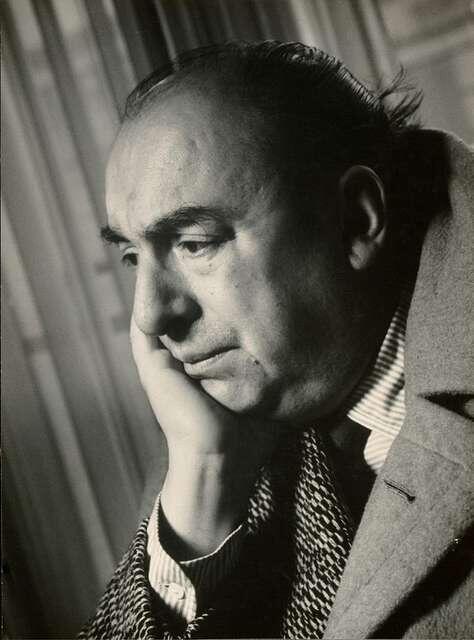
To this day, 100 years after it was first printed, Twenty Love Poems and a Song of Despair remains the best-selling poetry book in the Spanish Language ever, with more than 20 million copies sold.
“Love After Love” by Derek Walcott
Derek Walcott, a Nobel Prize-winning poet from Saint Lucia, was known for his lyrical and reflective works on love, identity, and post-colonial themes.
Unlike traditional love poems, Love After Love is about self-love and rediscovery. It encourages embracing oneself after heartbreak and finding joy in personal reflection.
One of Walcott’s most uplifting poems, it reminds us that love isn’t just shared with others—it’s also something we owe to ourselves. Through vivid imagery and a soothing rhythm, it reassures that healing and self-acceptance come with time.
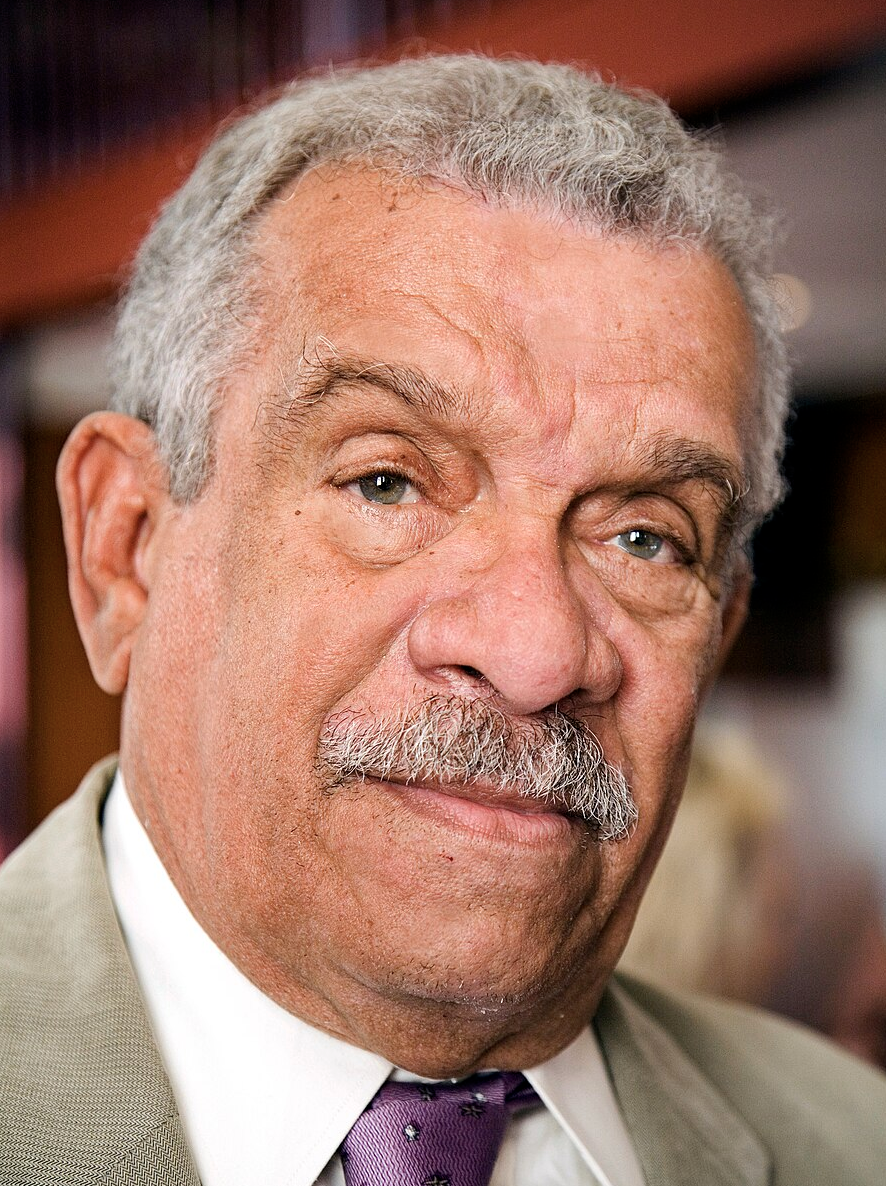
"The time will come
when, with elation,
you will greet yourself arriving
at your own door, in your own mirror
and each will smile at the other’s welcome,
and say, sit here. Eat.
You will love again the stranger who was your self.
Give wine. Give bread, Give back your heart
to itself, to the stranger who has loved you
all your life, whom you ignored
for another, who knows you by heart.
Take down the love letters from the bookshelf
the photographs, the desperate notes,
peel your own image from the mirror.
Sit. Feast on your life."
With its timeless message of self-love and healing, Love After Love is one of the most cherished modern poems — not about romance, but about embracing and valuing oneself.
Take your love for poetry further
If these famous love poems have inspired you, why not take it a step further? Whether you want to write your own love poem for her or refine your appreciation of ancient love poetry, learning from a professional can help.
Platforms like Superprof make it easy to find experienced poetry tutors and take poetry lessons with a poetry teacher.
Whether for Valentine’s Day, an anniversary, or just to indulge in the beauty of poetry, these famous short love poems offer timeless inspiration.

